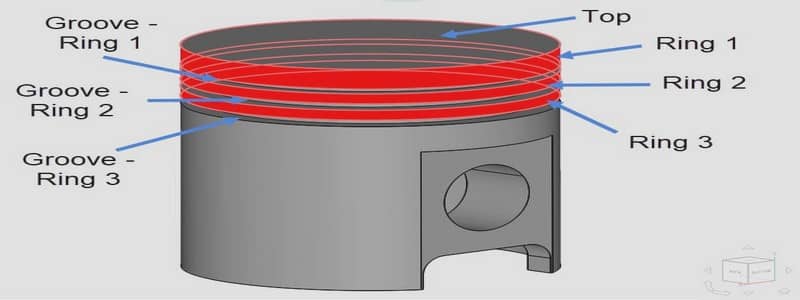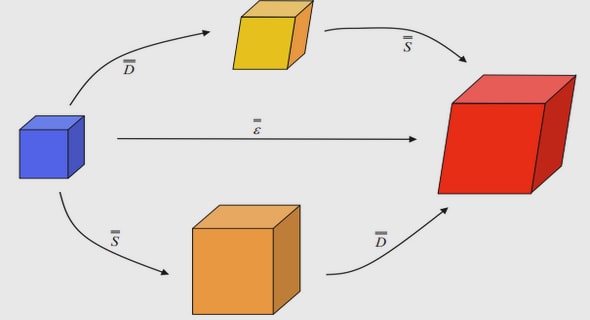Télécharger le fichier original (Mémoire de fin d’études)
LES ÉQUATIONS DE MAXWELL EN COORDONNÉES CURVILIGNES
LES ÉQUATIONS DE MAXWELL SOUS FORME TENSORIELLE COVARIANTE
DÉFINITION D’UN NOUVEAU SYSTÈME DE COORDONNÉES
Table des matières
INTRODUCTION
PREMIÈRE PARTIE : PRÉSENTATION DU FORMALISME
CHAPITRE I: LES ÉQUATIONS DE MAXWELL EN COORDONNÉES CURVILIGNES
I.1. Introduction
I.2 Forme classique des équations de Maxwell
I.3. Les équations de Maxwell sous forme tensorielle covariante
I.4. Les équations de Maxwell sous forme covariante tridimensionnelle
I.5. Les équations de propagations
I.6. Théorème de Poynting en coordonnées curvilignes
I.7. Définition d’un nouveau système de coordonnées
DEUXIÈME PARTIE : MÉTHODE DE PERTURBATIONS
CHAPITRE II: LA DIFFRACTION D’UNE ONDE ÉLECTROMAGNETIQUE PAR UNE SURFACE MÉTALLIQUE RUGUEUSE DE CONDUCTIVITÉ FINIE
II.1. Introduction
II.2. Formulation du problème
II.3. Méthode de perturbations
II.4. Résolution
II.5. Bilan énergétique
II.6. Résolution au premier ordre de perturbations
II.7. Applications Numériques
II.8. Conclusion
CHAPITRE III: ÉTUDE DES PERTES PAR RAYONNEMENT DANS UN GUIDE DÉFORMÉ APÉRIODIQUEMENT
III.1. Introduction
III.2. Position du problème
III.3. Résolution
III.4. Résultats numériques
TROISIÈME PARTIE : MÉTHODE RIGOUREUSE
CHAPITRE IV: ÉTUDE DE LA DIFFRACTION PAR UNE MÉTHODE RIGOUREUSE
IV.1. Position du problème
IV.2. Mise en équation du problème
IV.3. Résolution
IV.4. Calcul des densités d’énergie
IV.5. Applications numériques
IV.6. Conclusion
QUATRIÈME PARTIE : ÉTUDE DU PROBLÈME INVERSE DE LA DIFFRACTION
CHAPITRE V: PROBLÈME INVERSE ET RÉSULTATS NUMÉRIQUES
V.1. Introduction
V.2. Principe de la méthode employée
V.3. Mise en équations du problème
V.4. Applications
CONCLUSION
ANNEXES
A. Rappel sur les tenseurs
B. Caractérisation de la surface
BIBLIOGRAPHIE

